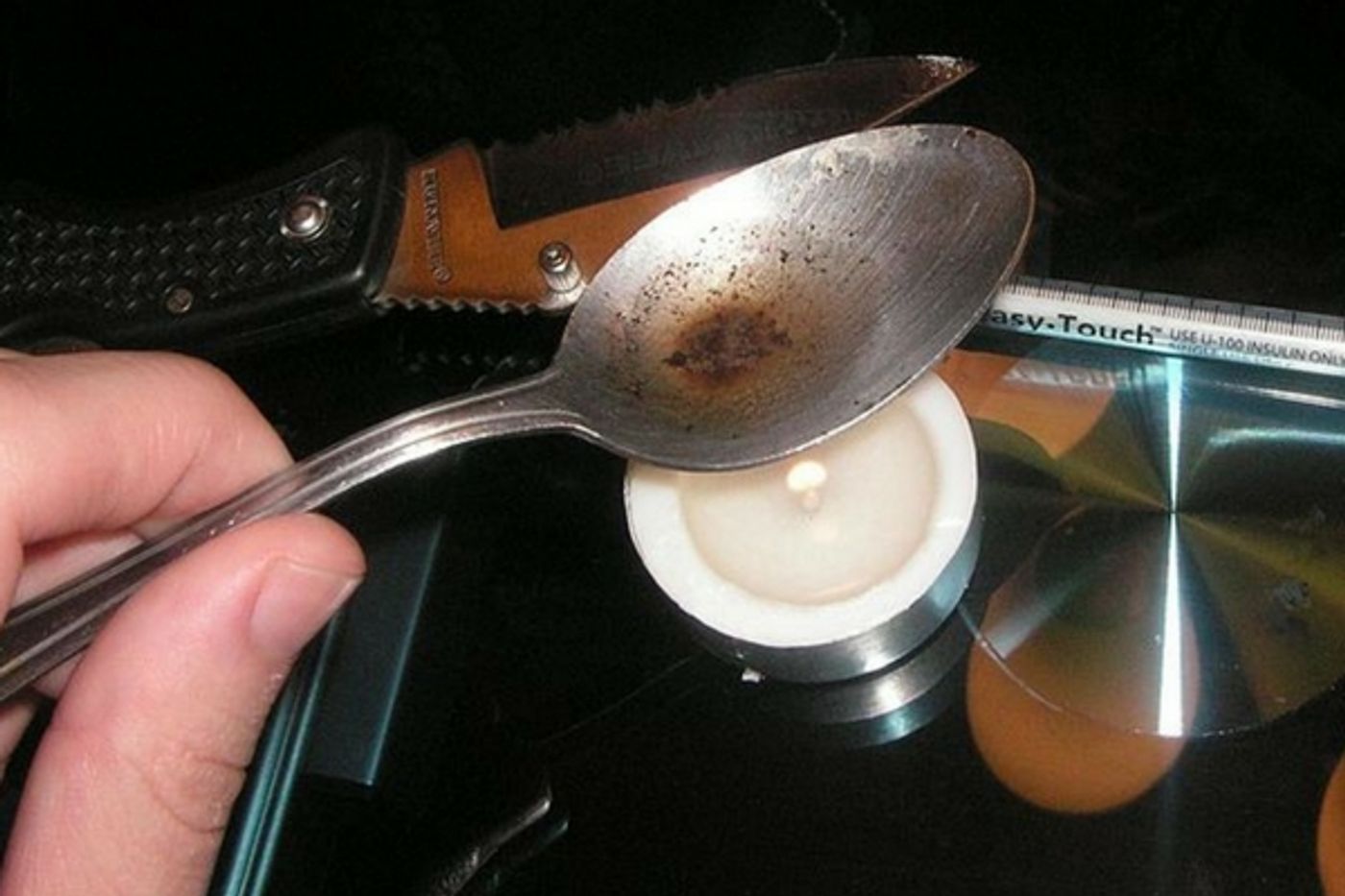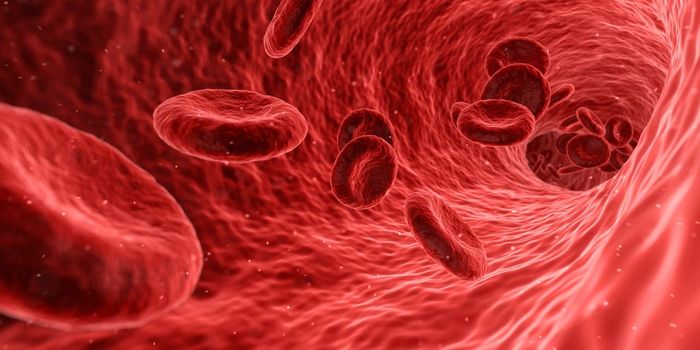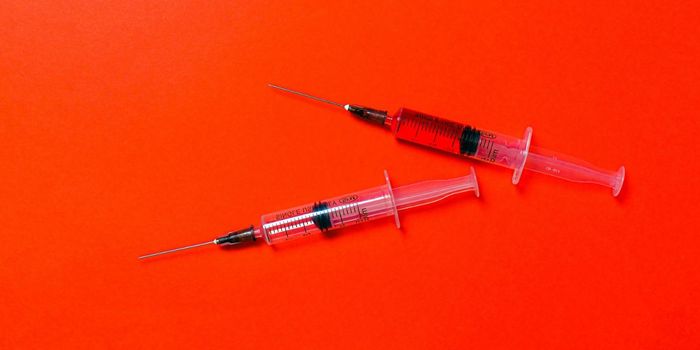A Dangerous DIY for Heroin Users
The increase in heroin addiction and overdoses is an issue that is detailed every day in news reports, magazines and medical journals. The CDC figures paint a scary picture. Between 2002 and 2013, the rate of heroin-related overdose deaths nearly quadrupled, and more than 8,200 people died in 2013. Use of heroin among those aged 18-25 has doubled in the past decade. These are all facts that are well known. What isn’t well known is that some users, when trying to ease withdrawal, symptoms, turn to over the counter anti- diarrhea medication and the key ingredient in this medication, loperamide, can be lethal.

First it’s important to understand how heroin acts in the brain. Heroin is an opioid drug that is synthesized from morphine, a naturally occurring substance extracted from the seed pod of the Asian opium poppy plant. Morphine is used in legal prescription medications, however in heroin it’s deadly. When it enters the brain, heroin is converted back into pure morphine, which binds to molecules on cells known as opioid receptors, which are located in different parts of the brain. Once these opioid receptors are exposed to heroin, they need more and more of it and the result is addiction. Withdrawal to heroin is painful and difficult and usually must be medically supervised, but not every user has access to care.
This is where a dangerous DIY trend is emerging. Loperamide, a key ingredient found in over-the-counter anti-diarrhea medications is increasingly being used by heroin addicts trying to self-treat their withdrawal symptoms and the results have been deadly in some cases. Loperamide is an opioid-receptor agonist and acts on the μ-opioid receptors in the stomach as well as those in the brain. It's similar to morphine and while the amounts in the OTC formulation are not harmful, some addicts take massive doses to get relief from withdrawal and, in large doses, it’s toxic to the heart and cardiovascular system. A study at the Upstate New York Poison Center detailed this alarming problem in a study published in the Annals of Emergency Medicine.
Lead study author William Eggleston, PharmD, of the Upstate New York Poison Center at Upstate Medical University stated, “Loperamide’s accessibility, low cost, over-the-counter legal status and lack of social stigma all contribute to its potential for abuse. People looking for either self-treatment of withdrawal symptoms or euphoria are overdosing on loperamide with sometimes deadly consequences.”
In the study, the authors wrote of two patients with histories of substance abuse who attempted to self-treat opioid addictions with massive doses of loperamide. Both patients overdosed on the OTC medicine. The patients were treated with cardiopulmonary resuscitation, naloxone and standard Advanced Cardiac Life Support but both patients died as a result of loperamide toxicity.
Most people who try this way of easing addiction and withdrawal hear about it on the Internet. Postings to drug use forums about loperamide increased 10-fold in just the period between 2010-2011. The Upstate NY Poison Center reported a 7-fold increase in calls about loperamide misuse between 2011-2015 and this mirrors national data that show a 70% increase in loperamide calls between 2011-2014.
While the numbers are cold hard facts, the other side of the issue are the families of heroin addicts who have been through the addiction nightmare, have helped loved ones through rehab, only to lose someone because of loperamide. The issue is not well known, even among health care providers. Lynn Hoynoski Curran lost her daughter Sarah to loperamide. She now hopes to raise awareness about the issue and educate families about this dangerous way some addicts are trying to ease their symptoms. She stated, “My daughter, my beautiful Sarah. My first love, was a heroin addict. After years of emotional turmoil during my daughters active addiction to heroin, to lose her to an overdose of loperamide is just inconceivable at times. I strongly urge those who have loved ones who are addicts to please watch out for this medicine in their possession. If I can save one life with sharing my story, I will do it.”
Sources: New York Times, FDA, SUNY Upstate Medical University, CDC
Interview, Lynn Hoynoski Curran








